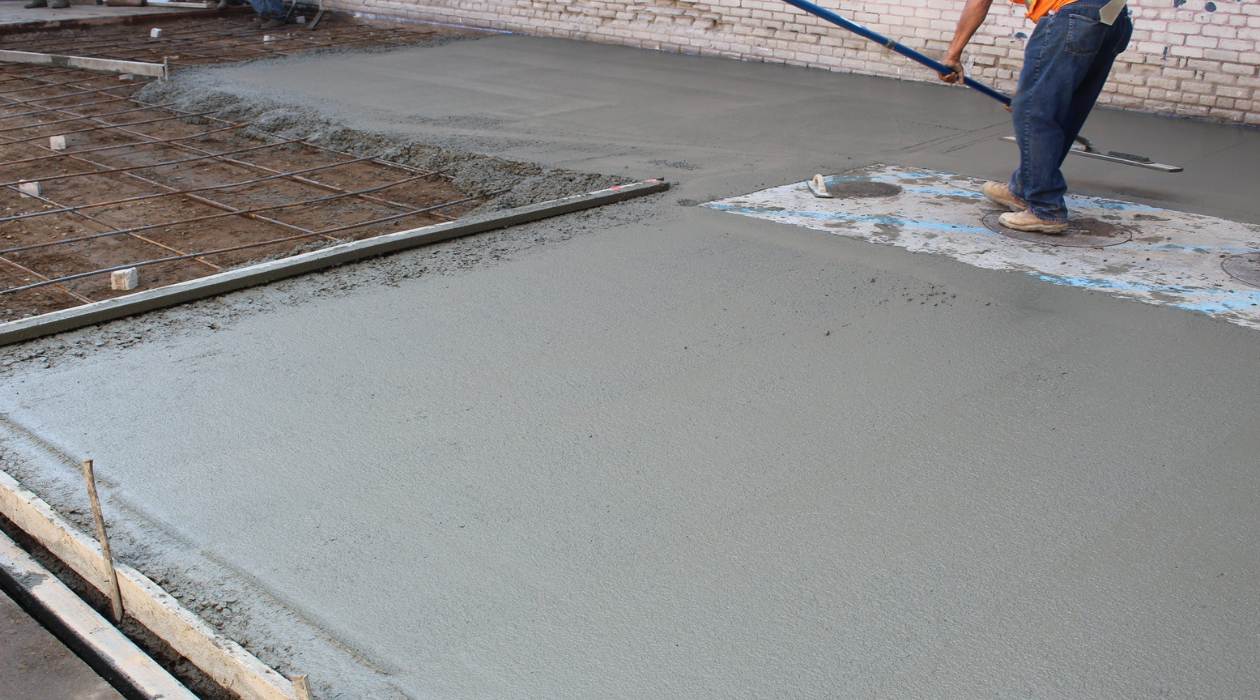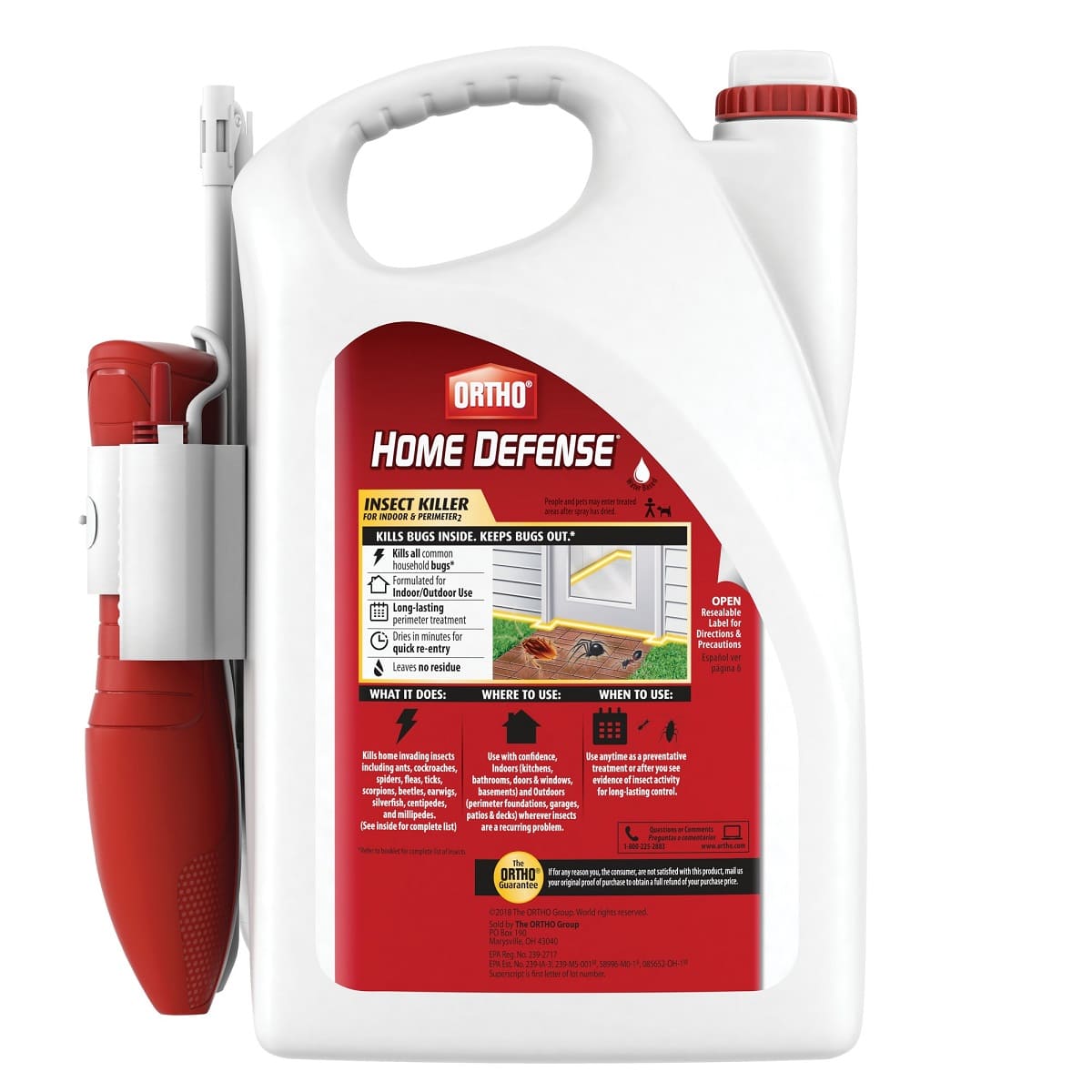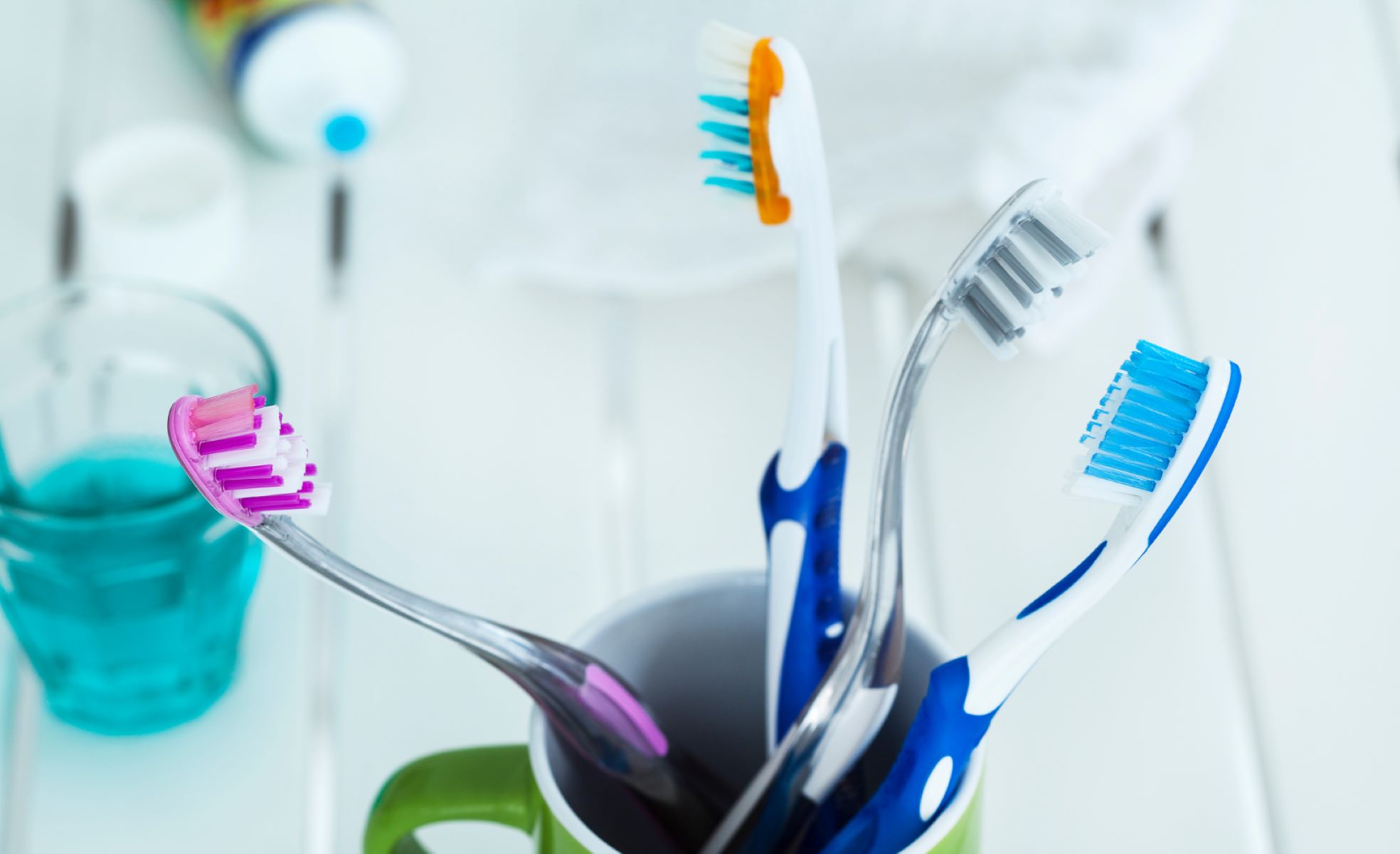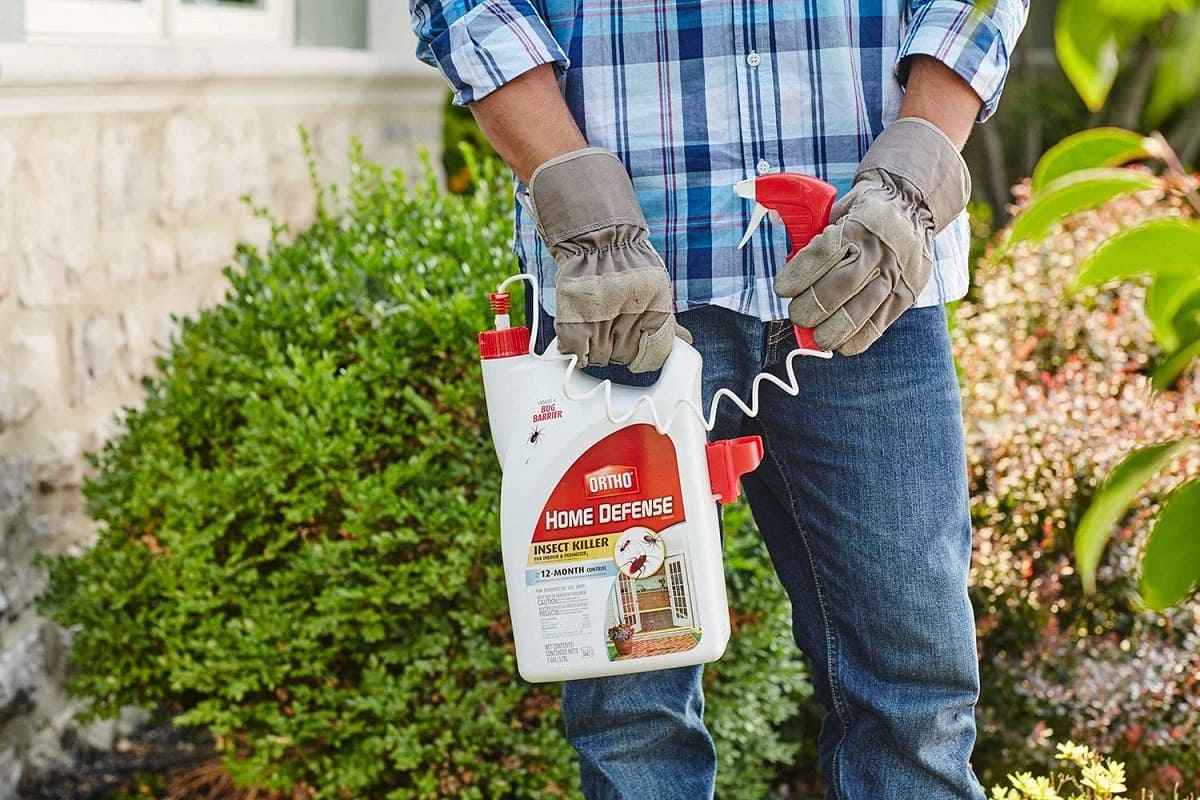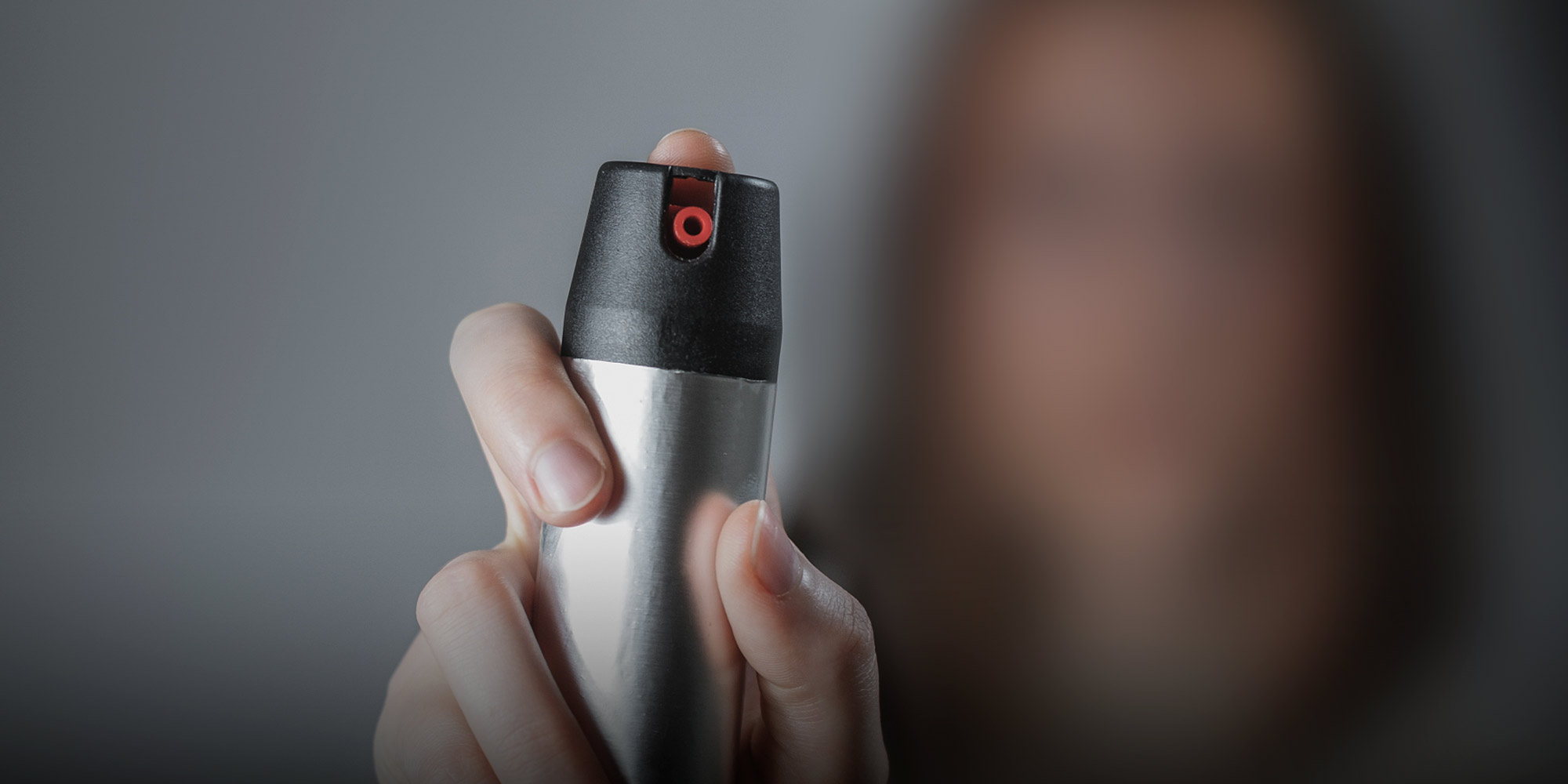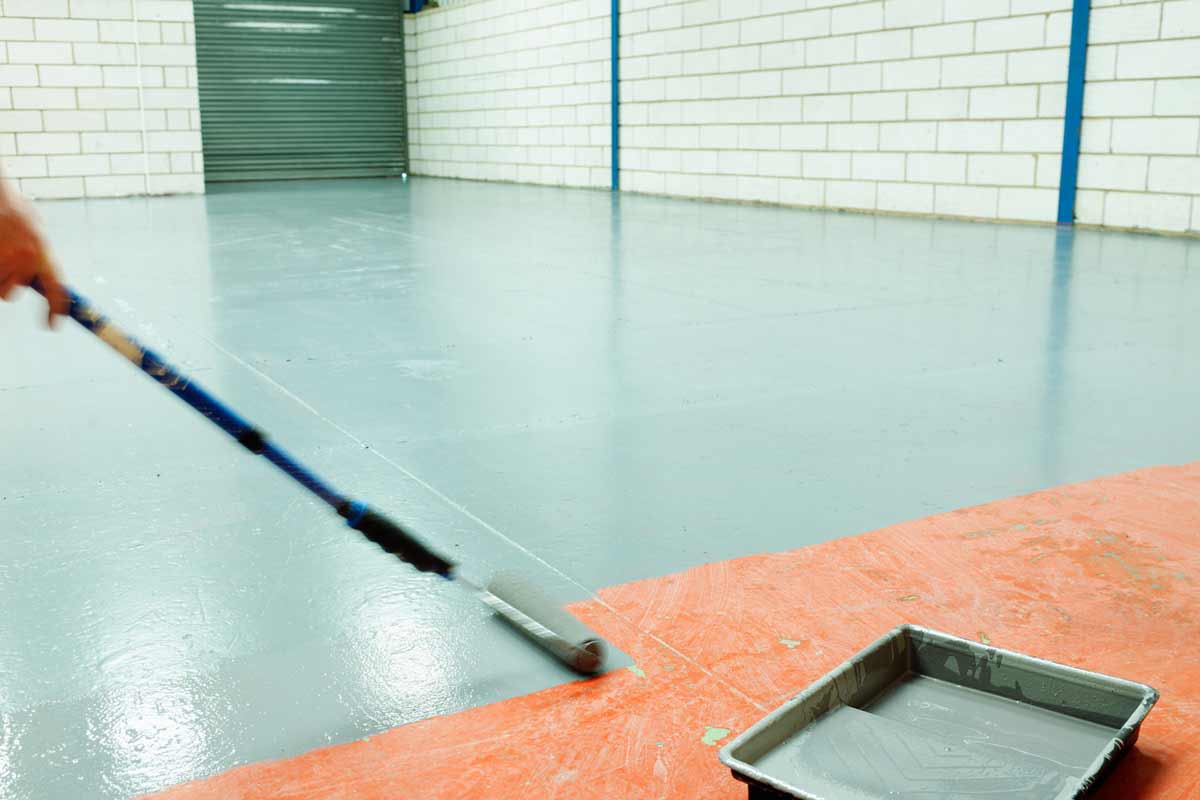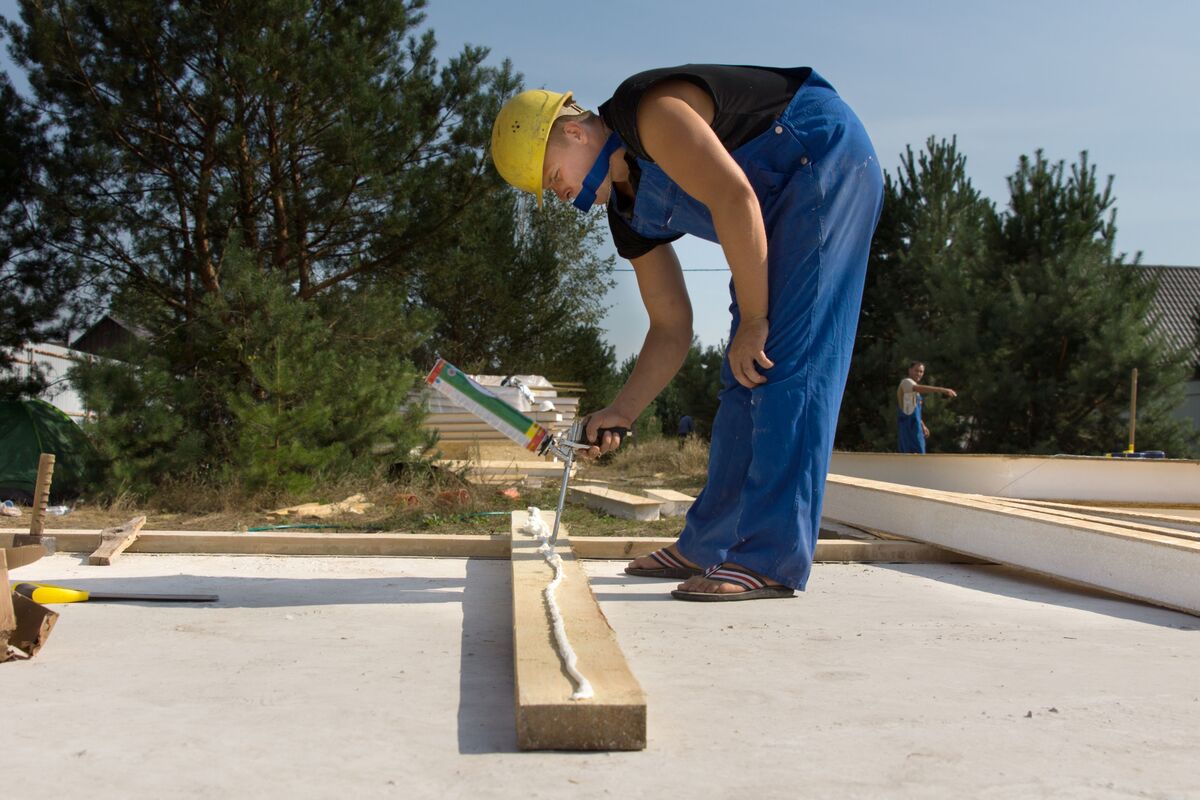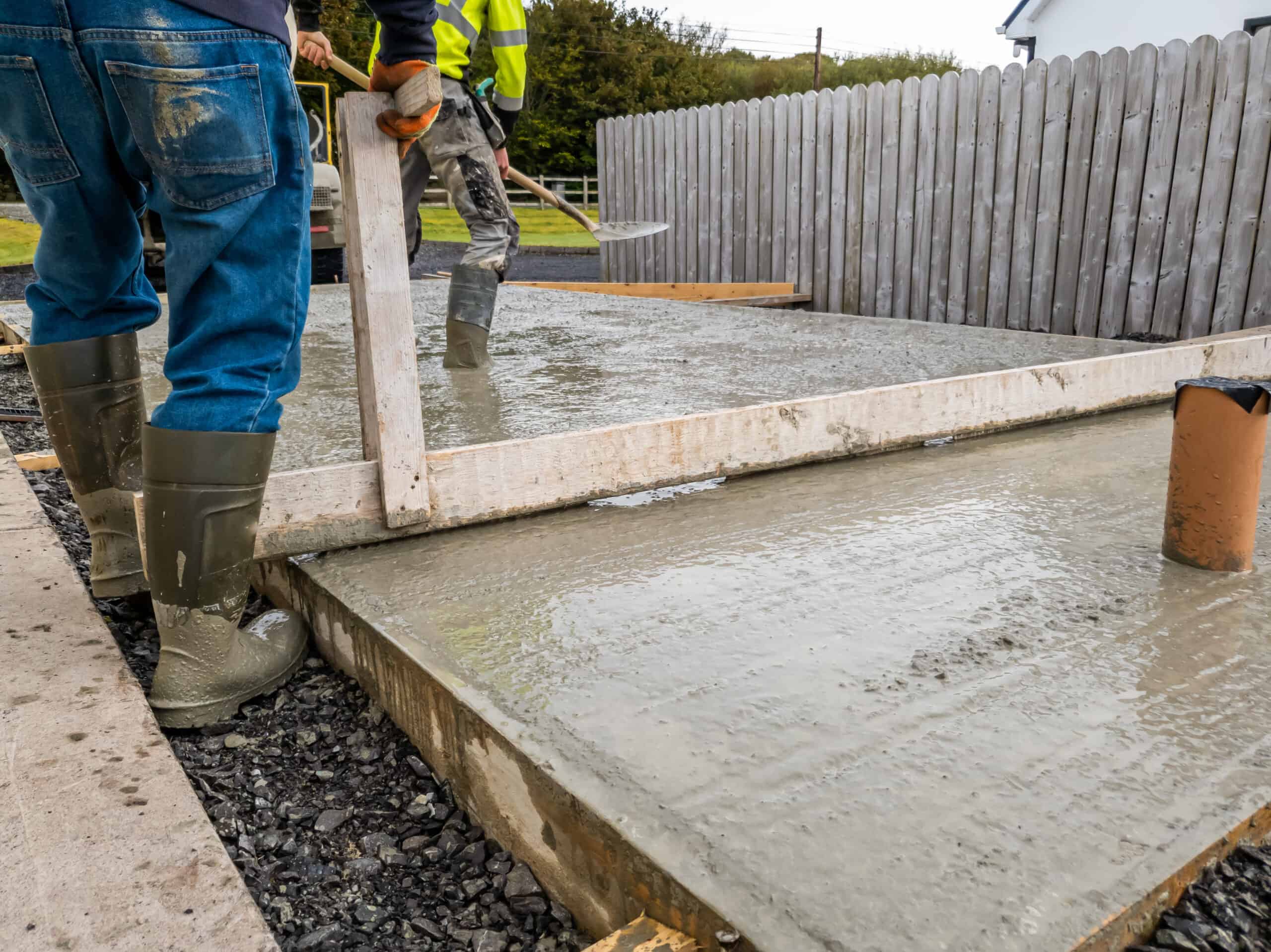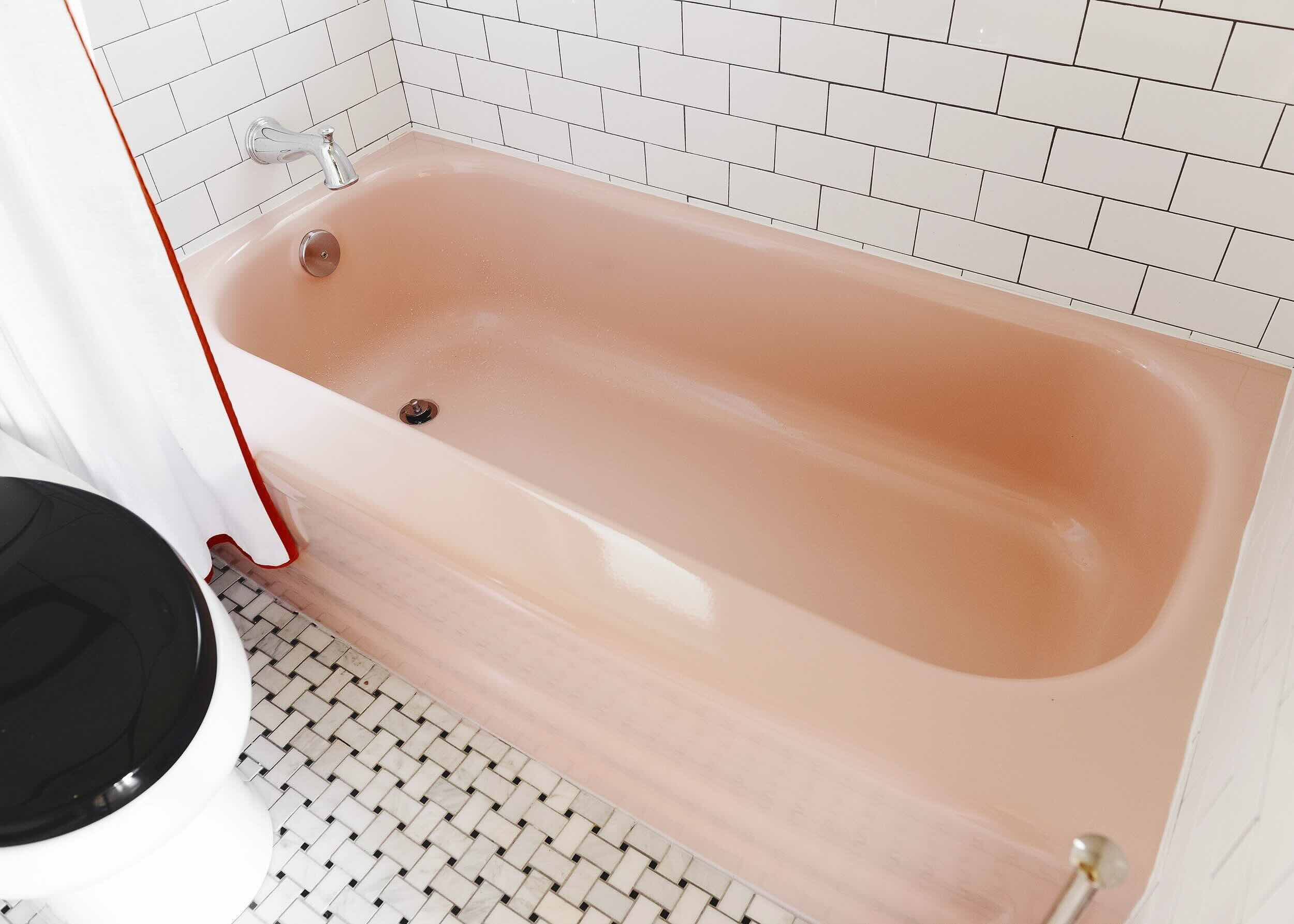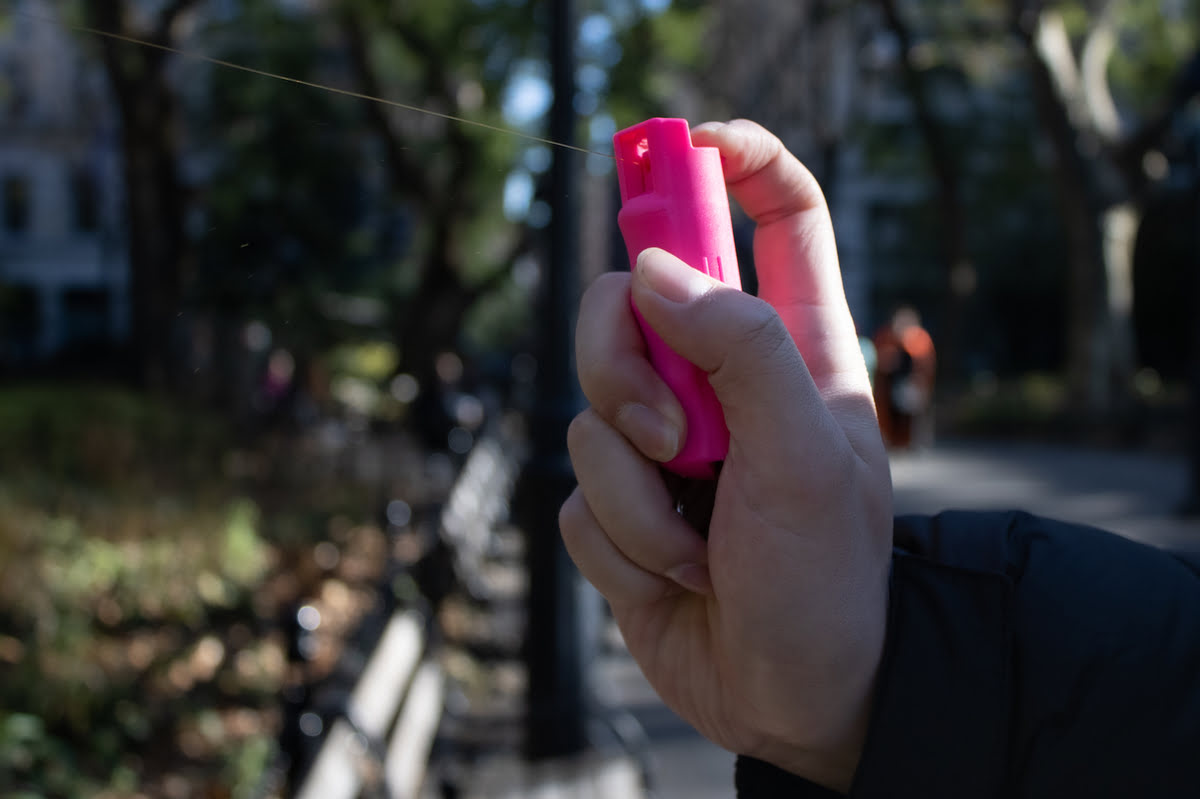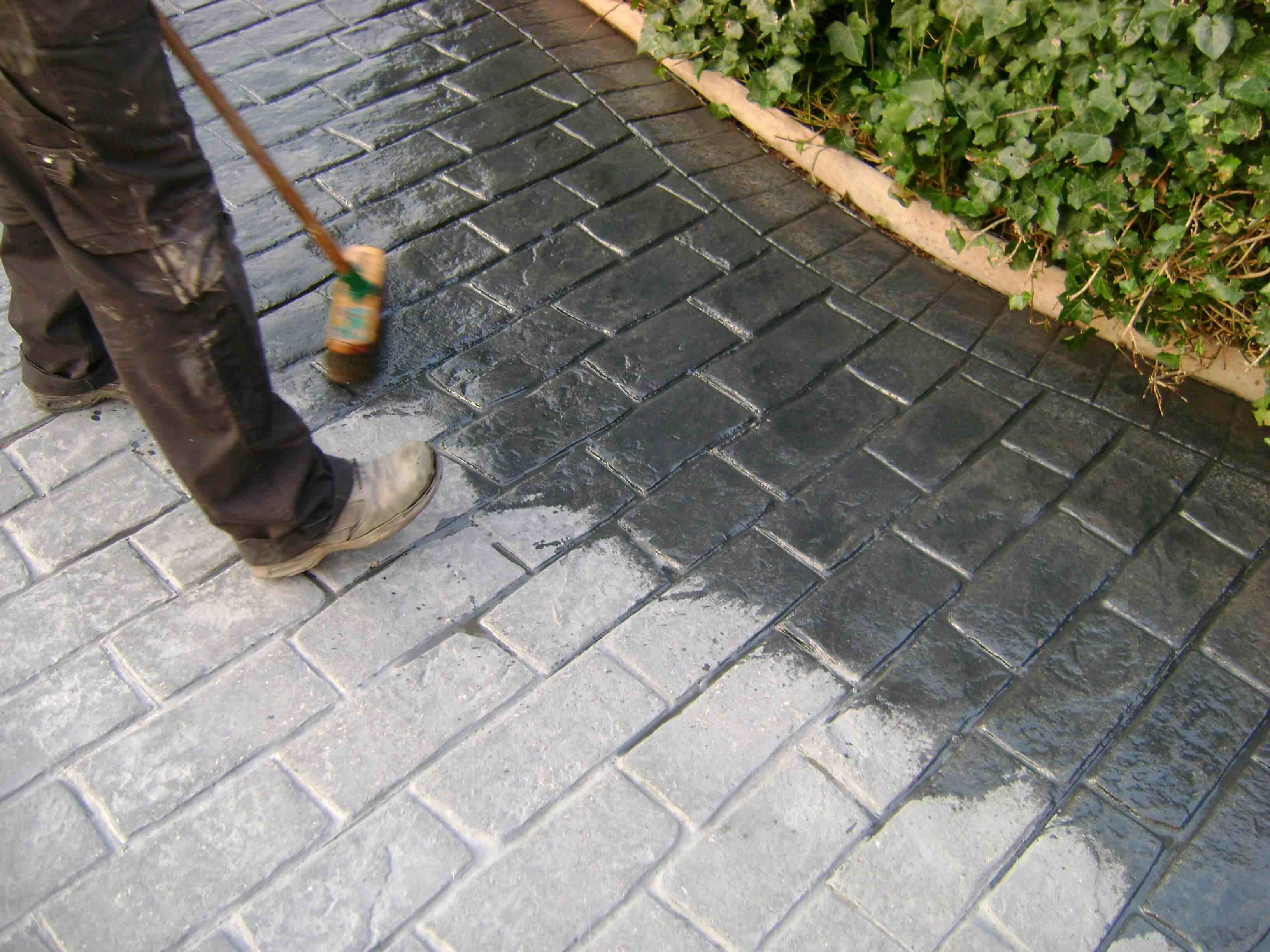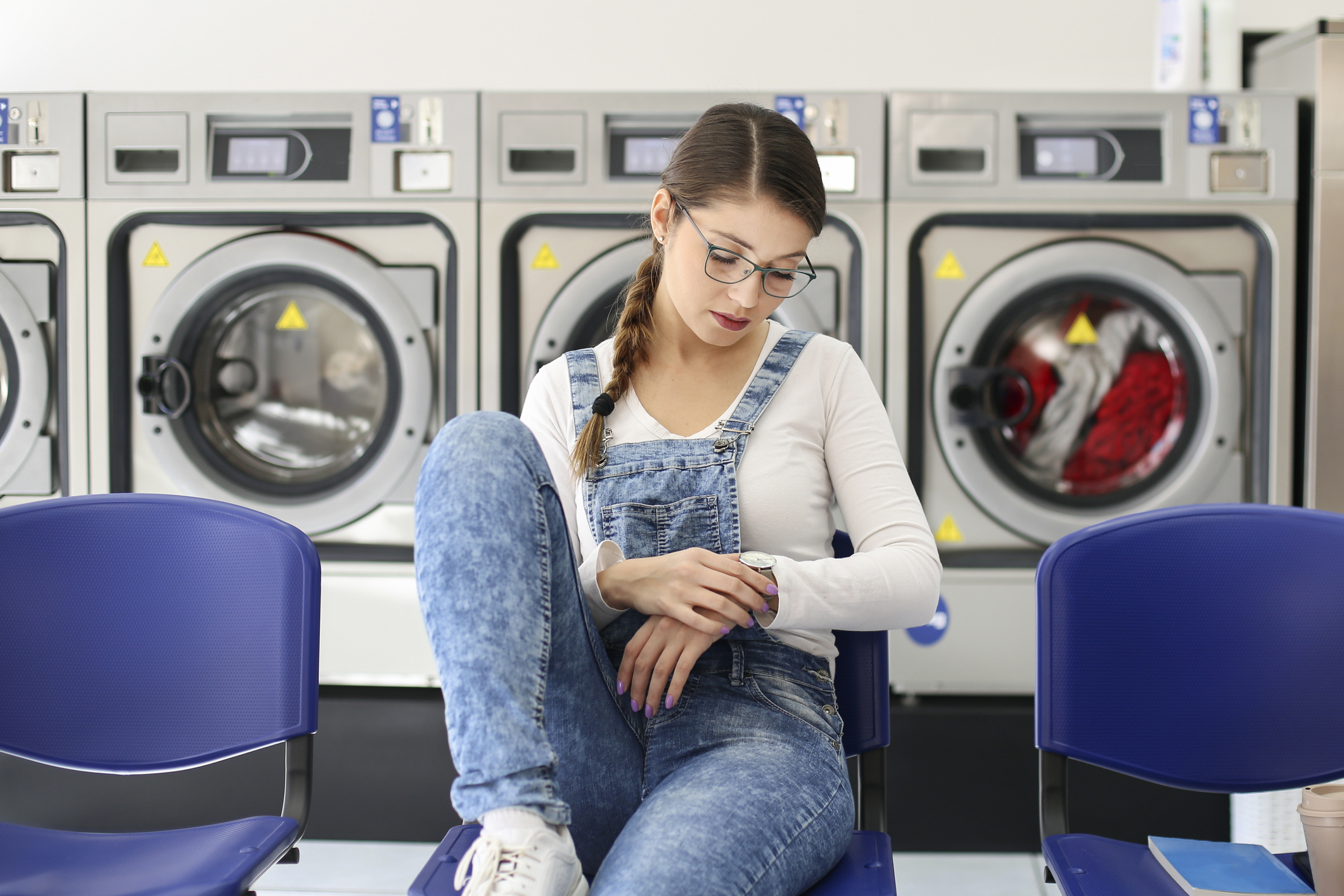Home>Home Security and Surveillance>How Long Does It Take For Home Defense Spray To Dry
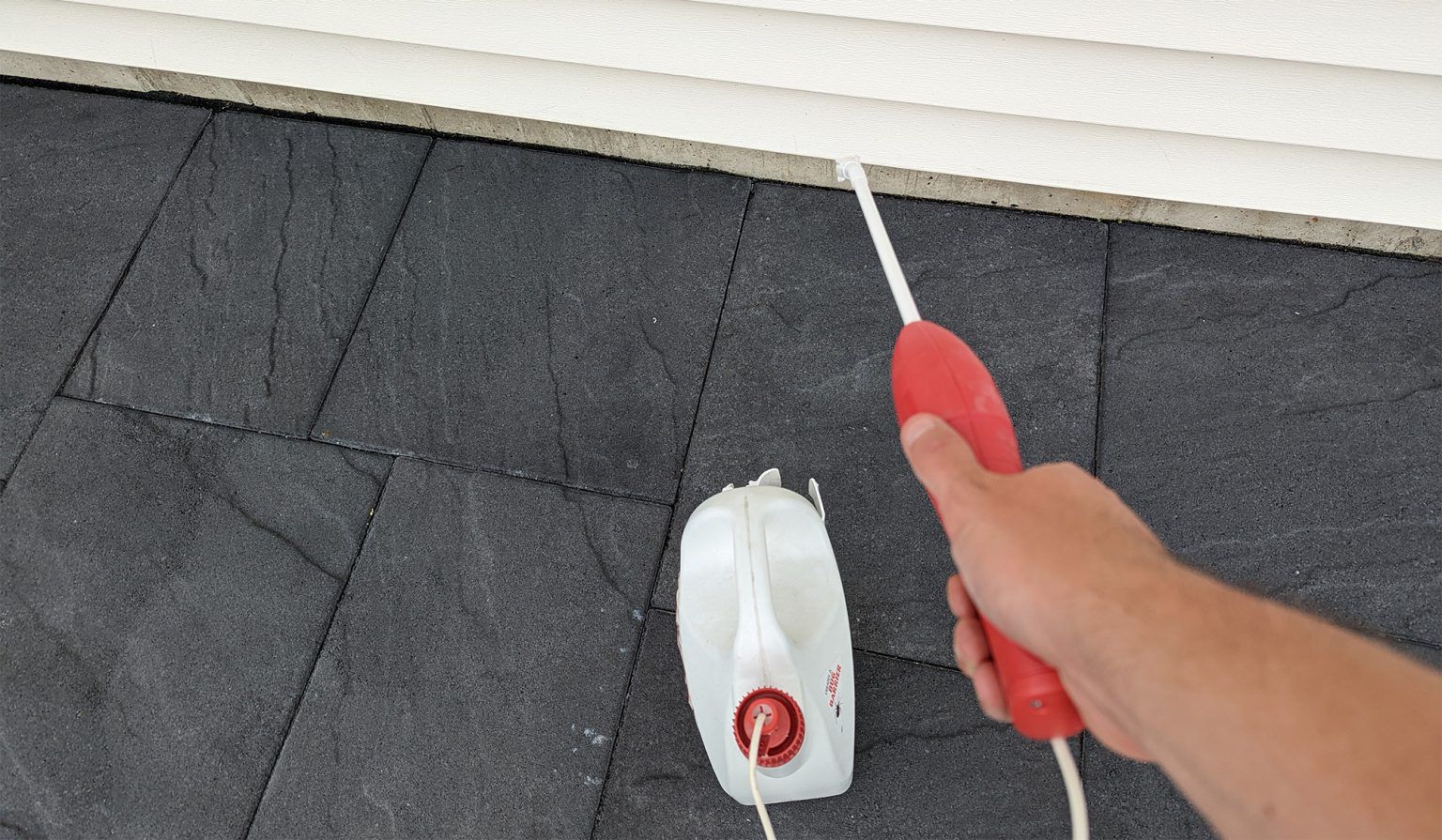

Home Security and Surveillance
How Long Does It Take For Home Defense Spray To Dry
Modified: March 6, 2024
Discover how long it takes for home defense spray to dry and ensure optimum home security and surveillance. Gain peace of mind knowing your protection is reliable and effective.
(Many of the links in this article redirect to a specific reviewed product. Your purchase of these products through affiliate links helps to generate commission for Storables.com, at no extra cost. Learn more)
Introduction
Welcome to the article “How Long Does It Take For Home Defense Spray To Dry?” Home defense spray is an essential tool in ensuring the safety and security of your home. Whether you’re protecting your family from intruders or deterring pesky critters from invading your space, home defense sprays can be highly effective. However, one common question that arises is how long it takes for these sprays to dry.
The drying time of home defense sprays is determined by several factors. From the composition of the spray itself to the surrounding environmental conditions, these elements play a crucial role in how quickly the spray adheres and dries on surfaces.
In this article, we will explore the various factors that can influence the drying time, provide an estimation of the typical drying time, and share some tips on how to accelerate the drying process. Additionally, we will discuss some safety precautions to keep in mind while the spray is drying.
So, if you’ve ever wondered about the drying time of home defense spray, you’ve come to the right place. Let’s dive in and find out more!
Key Takeaways:
- Home defense spray typically dries within a few minutes to a couple of hours indoors, and a few hours to a couple of days outdoors. Factors like composition, temperature, and humidity affect drying time.
- To speed up drying, increase air circulation, reduce humidity, and use fans or dehumidifiers. Keep pets and children away from treated areas and avoid direct contact with sprayed surfaces until fully dry for safety.
Read more: How Long Does Foam Insulation Take To Dry
Factors Affecting Drying Time of Home Defense Spray
When it comes to the drying time of home defense sprays, several factors come into play. Understanding these factors can help you anticipate how long it will take for the spray to dry and ensure optimal effectiveness. Let’s take a closer look at the key factors affecting the drying time:
Composition of the Spray
The composition of the home defense spray is a primary determinant of its drying time. Different sprays may contain varying active ingredients, such as pyrethroids or natural repellents like peppermint oil, which can affect the evaporation rate and drying time. Additionally, some sprays may include additives or solvents that help the spray adhere to surfaces or evaporate more quickly.
It’s important to carefully read the product label or consult the manufacturer’s instructions to understand the specific composition of the spray you’re using. This will give you a better idea of how long it typically takes for the spray to dry and how effective it will be for your intended purpose.
Environmental Conditions
The surrounding environmental conditions can significantly impact the drying time of home defense spray. Factors such as temperature, humidity, and air circulation play a crucial role in the evaporation and drying process.
Higher temperatures generally result in faster drying times as they accelerate the evaporation of liquids. Conversely, colder temperatures can slow down the drying process. Additionally, humidity levels can affect the drying time, with higher humidity potentially prolonging the evaporation process.
It’s important to note that each type of home defense spray may have specific temperature and humidity recommendations for optimal drying. Be sure to follow these guidelines to ensure the spray works effectively and efficiently.
Application Method
The way in which the home defense spray is applied can also impact its drying time. Sprays applied in a fine mist generally dry more quickly compared to those applied in a heavier stream or spray pattern. The thickness of the application and the amount of product used can also influence the drying time.
Following the recommended application method suggested by the manufacturer is vital for achieving the desired results. This information can usually be found on the product label or in the accompanying instructions.
Now that we’ve explored the factors affecting the drying time of home defense spray, let’s move on to understanding how long it typically takes for the spray to dry in different scenarios.
Typical Drying Time for Home Defense Spray
The drying time of home defense spray can vary depending on the specific product, composition, and environmental conditions. However, we can provide a general estimation of the typical drying time for both indoor and outdoor use. Let’s take a closer look at each scenario:
Indoor Use
When using home defense spray indoors, the drying time can range from a few minutes to a couple of hours. The exact time will depend on factors such as the composition of the spray, the temperature and humidity levels in the room, and the application method used.
In most cases, the spray will dry relatively quickly, allowing you to resume your normal activities within a short period of time. However, it’s essential to read the product label or manufacturer’s instructions for specific guidelines on drying time. Some sprays may recommend keeping the treated area ventilated for a certain period or avoiding contact until fully dry.
Remember to exercise caution when using home defense spray indoors, especially in areas where you and your family spend a significant amount of time. If you have any concerns about allergic reactions or health hazards, consult the product label or consult a professional before using the spray.
Outdoor Use
When using home defense spray outdoors, the drying time can be influenced by various factors, including the weather conditions and the type of surface being treated. In general, it may take slightly longer for the spray to dry outdoors compared to indoor use.
If you’re treating outdoor surfaces such as fences, walls, or other structures, the drying time can range from a few hours to a couple of days. This is because outdoor elements such as sunlight, wind, and humidity can affect the evaporation and drying process.
When using home defense spray outdoors, it’s important to consider weather conditions. Ideally, choose a day with mild temperatures, moderate humidity, and minimal wind. This will help expedite the drying process and ensure the effectiveness of the spray.
Always refer to the product label or manufacturer’s instructions for specific guidance on drying time when using home defense spray outdoors. Following the recommended guidelines will help you achieve the desired results and maintain the safety and security of your outdoor space.
Now that we have an understanding of the typical drying time for home defense sprays, let’s explore some tips for accelerating the drying process if needed.
Tips for Accelerating Drying Time
While home defense sprays typically dry within a reasonable timeframe, there may be situations where you need to expedite the drying process. Here are some useful tips to help accelerate the drying time:
Increasing Air Circulation
One effective method to speed up the drying time is by increasing air circulation in the treated area. This can be achieved by opening doors and windows to allow fresh air to flow through. By promoting air movement, you help facilitate the evaporation process and reduce the drying time of the spray.
If you’re using the spray indoors, consider using fans or turning on the ventilation system in the room. This will help circulate the air, allowing the moisture from the spray to evaporate more quickly.
Reducing Humidity
Humidity can prolong the drying time of home defense spray. To accelerate drying, try to reduce the humidity levels in the treated area. This can be done by using dehumidifiers or air conditioners to remove excess moisture from the air.
If you’re treating an outdoor area, it may be challenging to control humidity levels. However, you can still choose a day with lower humidity to ensure the drying process is not prolonged.
Using Fans or Dehumidifiers
Another effective way to speed up the drying time is by utilizing fans or dehumidifiers. Place fans strategically in the treated area to promote air movement and enhance evaporation. This can be particularly useful for indoor use, where you can concentrate the airflow on the treated surfaces.
Dehumidifiers can also be beneficial, especially in areas with high humidity. By removing excess moisture from the air, dehumidifiers help create ideal conditions for faster drying.
When using fans or dehumidifiers, keep safety in mind. Ensure they are positioned in a well-ventilated area and used according to the manufacturer’s instructions.
By following these tips, you can accelerate the drying time of home defense spray and resume normal activities sooner. However, remember that the drying time can still vary depending on the factors mentioned earlier, so it’s essential to refer to the product label or manufacturer’s instructions for specific guidelines.
Now that we’ve discussed tips for accelerating drying time, let’s move on to safety precautions you should take into consideration during the drying process.
Safety Precautions During Drying
While waiting for the home defense spray to dry, it’s crucial to take certain safety precautions to protect yourself, your family, and your pets. Here are some important guidelines to follow:
Read more: How Long Does It Take For Brick To Dry
Keeping Pets and Children Away
During the drying process, it’s essential to keep pets and children away from the treated area. Home defense sprays may contain chemicals that can be harmful if ingested or if they come into contact with eyes or skin.
To ensure their safety, restrict access to the treated area and closely monitor pets and children to prevent accidental exposure. Keep them occupied in a different part of the house or yard until the spray has completely dried.
Additionally, remind family members to avoid touching treated surfaces until they are fully dry to minimize the risk of accidental exposure.
Avoiding Contact with Treated Surfaces
While the home defense spray is drying, avoid coming into direct contact with the treated surfaces. This is especially important if you have applied the spray indoors on commonly touched areas, such as doorknobs, countertops, or furniture.
If you need to access the treated area, consider wearing gloves to avoid direct contact. Additionally, be cautious when handling objects that may have come into contact with the spray, such as furniture or clothing.
Once the spray has dried, it is generally safe to resume normal activities and touch the treated surfaces. However, always refer to the product label or manufacturer’s instructions for specific guidance on contact precautions.
By following these safety precautions, you can minimize the risk of accidental exposure to home defense spray and ensure the well-being of your loved ones.
Now that we’ve covered the safety precautions, let’s wrap up our article.
Conclusion
Understanding the drying time of home defense spray is crucial for effectively securing and protecting your home and loved ones. The drying time can be influenced by various factors, including the composition of the spray, environmental conditions, and application methods. By considering these factors, you can have a better idea of how long it will take for the spray to dry.
For indoor use, home defense sprays typically dry within a few minutes to a couple of hours. It’s important to follow the guidelines provided by the manufacturer for specific drying times and precautions. Outdoor use may take slightly longer due to factors such as weather conditions and the type of surface being treated.
If you find yourself needing to accelerate the drying time, there are several steps you can take. Increasing air circulation, reducing humidity, and using fans or dehumidifiers can help speed up the drying process. However, always prioritize safety and refer to the product label or manufacturer’s instructions for guidance.
During the drying process, it’s crucial to take safety precautions. Keep pets and children away from the treated areas and avoid direct contact with the sprayed surfaces until they are fully dry. By following these precautions, you can minimize the risk of accidental exposure and ensure the safety of your family.
Now that you have a better understanding of the factors affecting the drying time of home defense spray and how to ensure safety during this process, you can confidently utilize this powerful tool in securing and protecting your home.
Remember, always read the product label and follow the manufacturer’s instructions for the specific home defense spray you are using. By doing so, you can maximize the effectiveness of the spray and maintain a safe, secure environment for your loved ones.
Frequently Asked Questions about How Long Does It Take For Home Defense Spray To Dry
Was this page helpful?
At Storables.com, we guarantee accurate and reliable information. Our content, validated by Expert Board Contributors, is crafted following stringent Editorial Policies. We're committed to providing you with well-researched, expert-backed insights for all your informational needs.
